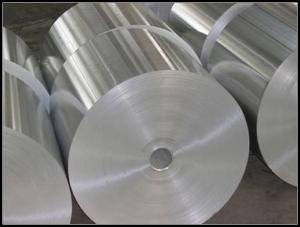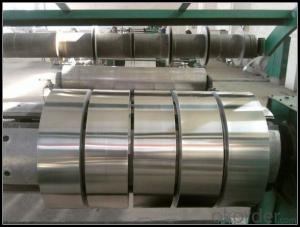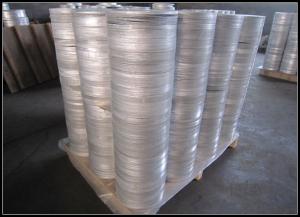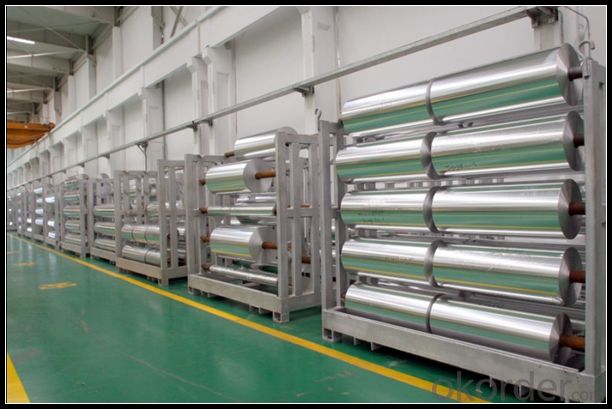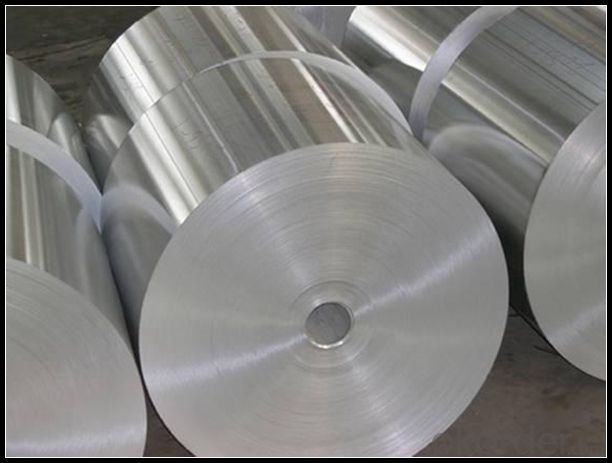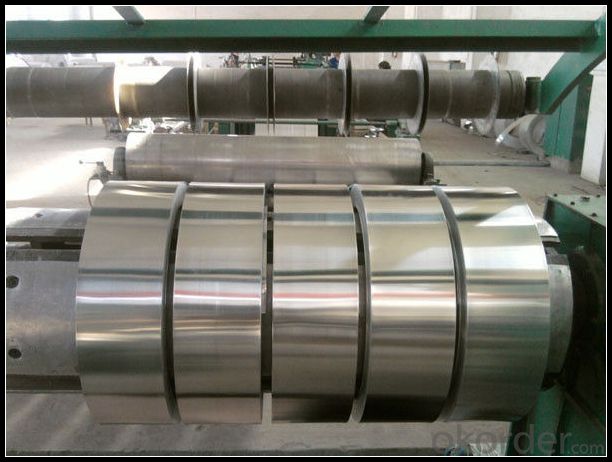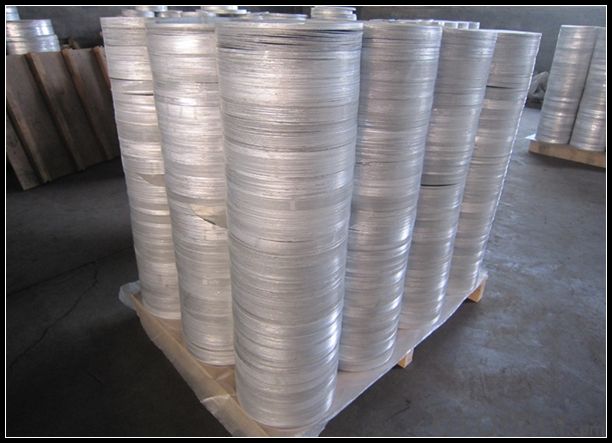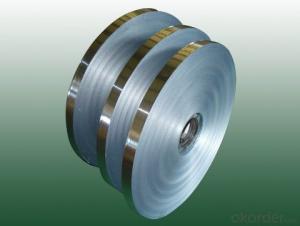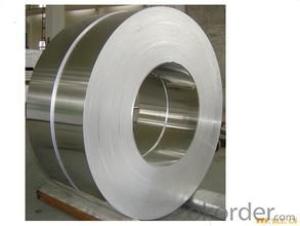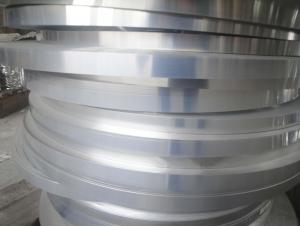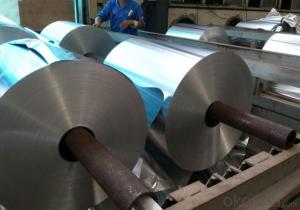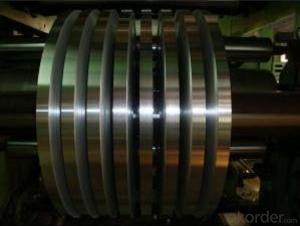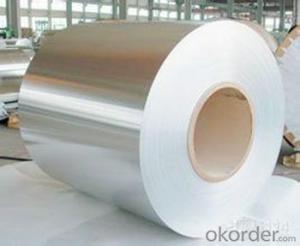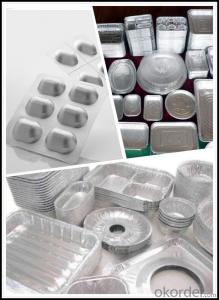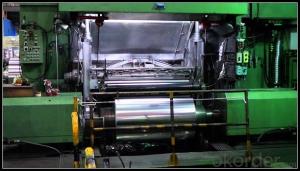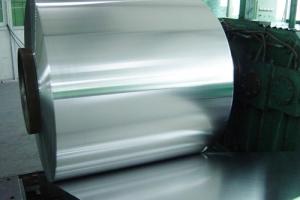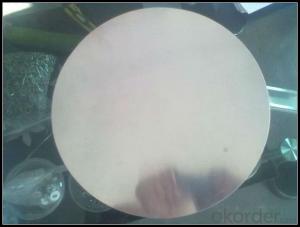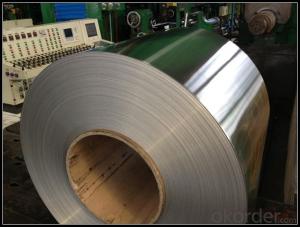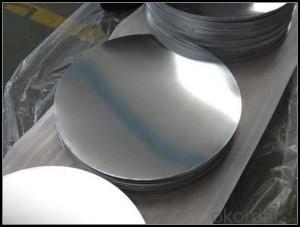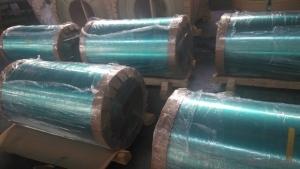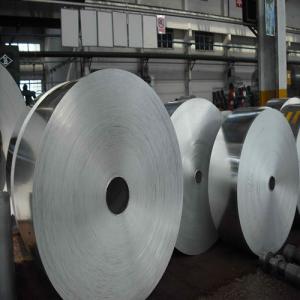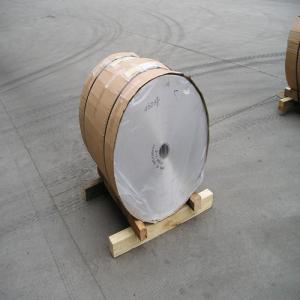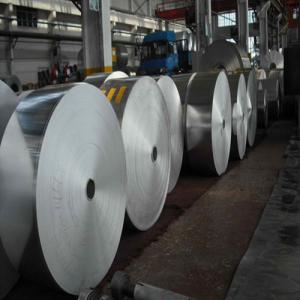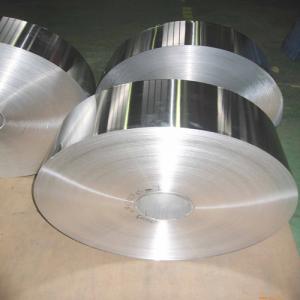Aluminum Corner Strips Aluminium Diamond Sheet 1100 1200 3003 O H12 H14 H24
- Loading Port:
- Tianjin
- Payment Terms:
- TT OR LC
- Min Order Qty:
- 1 m.t.
- Supply Capability:
- 4999 m.t./month
OKorder Service Pledge
OKorder Financial Service
You Might Also Like
Specification
1. Specification of Aluminum
1) Alloy | 1050, 1060,1100, 3003 3004 3105 3005 5005 5052 etc |
2) Temper | O/H12/H14/H1/H18/H32/H34/H36/H38//H111/H112/H116/H321/T6/T651/T3/T351 etc |
3) Thickness | 0.1mm to 6mm |
4) Width | 20mm to 3300mm |
5) Coil weight | 100kgs to 6 tons depends on actual requirement |
6) Core material | Aluminum alloy |
2. Application of Aluminum
(1).Interior: wall cladding, ceilings, bathrooms, kitchens and balconies, shutters, doors...
(2).Exterior: wall
(3).Advertisement: display platforms, signboards, fascia, shop fronts...
3. Feature of Aluminum
Because of its strong affinity for oxygen, aluminium is almost never found in the elemental state; instead it is found in oxides or silicates. Feldspars, the most common group of minerals in the Earth's crust, are aluminosilicates. Native aluminium metal can only be found as a minor phase in low oxygen fugacityenvironments, such as the interiors of certain volcanoes.[21] Native aluminium has been reported in cold seeps in the northeastern continental slope of the South China Sea. Chen et al.have
4. Certificate:
SGS and ROHS(if client request, paid by client), MTC(plant provided), Certificate of Origin(FORM A, FORM E, CO), Bureau Veritas and SGS (if client request, paid by client), CIQS certificate
5. Image of Aluminum
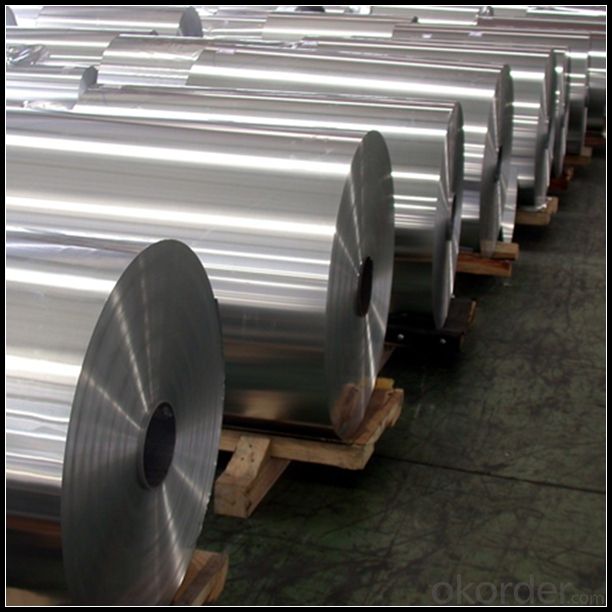
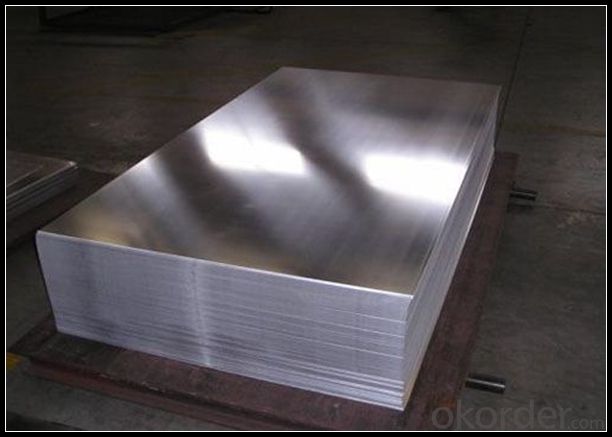
6. Our Service
1. Reply your enquiry in 24 working hours. |
2. OEM, buyer design, buyer label services provided. |
3. Exclusive and unique solution can be provide to our customer by our well traned and professional engineers and staffs. |
4. We can provide free sample for your check |
5. We have the certification of ISO 9001 |
6. Timely delivery |
7. Special discount and protection of sales area provided to our distributor. |
8. Good after-sale service. |
7. FAQ
Q: What is the produce prase? | ||||
A: Normally it would be 40days after received your deposit. | ||||
Q: Can you provide free samples? | ||||
A: Yes, free samples will be sent to you on freight at destination. | ||||
Q: Can I get your latest catalogue? | ||||
A: Yes, it will be sent to you in no time. | ||||
Q: What is the MOQ? | ||||
A: 3 tons | ||||
Q: What are your payment terms? | ||||
A: We accept L/C, D/A, D/P, T/T, West Union,etc. |
- Q: This question asks for a comparison of the cost of aluminum strips with other materials.
- <p>The cost of aluminum strips compared to other materials can vary significantly depending on the specific material being compared. Generally, aluminum is considered an economical choice due to its low cost, availability, and recyclability. It is less expensive than many metals such as stainless steel, copper, and titanium. However, when compared to plastics or some composite materials, aluminum might be more costly. The cost also depends on factors like the current market price of aluminum, the thickness and width of the strip, and the quality of the aluminum. For precise cost comparisons, it's best to consult current market prices and specific product specifications.</p>
- Q: What are the elements and compounds that make up aluminum strips?
- <p>Aluminum strips are primarily composed of the element aluminum (Al), which is a lightweight, silvery-white, and malleable metal. Aluminum is a pure element and not a compound, so its composition is straightforward. It is found in Group 13 of the periodic table and has an atomic number of 13. In its pure form, aluminum is soft and lacks sufficient strength for many applications, so it is often alloyed with other elements such as copper, magnesium, manganese, silicon, and zinc to improve its strength and durability. These alloying elements can make up a small percentage of the total composition, but they significantly enhance the properties of the aluminum strips for various industrial uses.</p>
- Q: Is it possible to use aluminum strips as a material for insulating a building?
- <p>Aluminum strips are not typically used for building insulation. Insulation materials are designed to resist heat flow, and aluminum is a good conductor of heat, which means it would not effectively insulate a building. Common insulation materials include fiberglass, cellulose, and foam, which are poor conductors of heat and can effectively reduce heat transfer. Aluminum strips might be used in construction for other purposes, such as reinforcement or as part of a vapor barrier, but not for their insulating properties.</p>
- Q: Is it possible to utilize aluminum strips in outdoor settings?
- <p>Yes, aluminum strips can be used for outdoor applications. They are known for their corrosion resistance, making them suitable for outdoor environments where they may be exposed to various weather conditions. Aluminum's durability and lightweight properties also make it a popular choice for outdoor construction and decoration. However, it's important to ensure that the aluminum is properly treated or coated to enhance its resistance to weathering and maintain its appearance over time.</p>
- Q: Is it possible to utilize aluminum strips as materials for constructing roofs?
- <p>Yes, aluminum strips can be used for roofing materials. They are known for their durability, resistance to corrosion, and lightweight properties. Aluminum is also recyclable and can be coated with various finishes to enhance its appearance and performance. It is often used in modern architecture for its sleek look and low maintenance requirements. However, it's important to ensure that the aluminum strips are properly installed and meet building codes for safety and effectiveness.</p>
- Q: Is it possible to use aluminum strips for creating decorative accents or wall art?
- <p>Yes, aluminum strips can be used to create decorative accents or wall art. They are lightweight, durable, and come in various colors and finishes, making them a versatile material for crafting. You can bend, cut, and shape aluminum strips into different designs to suit your aesthetic preferences. Additionally, they are easy to install and can be used in combination with other materials to create unique and eye-catching wall art pieces.</p>
- Q: What benefits can be gained from using aluminum strips as a siding material for buildings?
- <p>Aluminum strips for siding offer several advantages, including durability, low maintenance, and resistance to rust and corrosion. They are lightweight, which makes installation easier and quicker. Aluminum siding is also energy-efficient, as it can help to insulate a building, reducing energy costs. Additionally, it is recyclable and environmentally friendly, contributing to sustainability efforts. The material is available in a wide range of colors and styles, allowing for great flexibility in design. It is also resistant to harsh weather conditions, making it a popular choice for various climates.</p>
- Q: This question asks for guidance on ensuring the correct installation and ongoing maintenance of an aluminum strip.
- <p>To ensure your aluminum strip is properly installed and maintained, follow these steps: First, ensure the surface where the strip will be installed is clean and free of debris. Use a high-quality adhesive that is compatible with aluminum for installation. Apply the adhesive evenly and press the strip firmly into place. Check for any gaps or misalignments and correct them immediately. For maintenance, regularly clean the strip to prevent dirt buildup. Avoid using harsh chemicals that could damage the aluminum. Inspect the strip periodically for signs of wear or damage and repair or replace as necessary. Proper installation and regular maintenance will extend the life of your aluminum strip and ensure its functionality.</p>
- Q: Describe the steps involved in the manufacturing process of aluminum strips.
- <p>The process for manufacturing aluminum strips involves several key steps. Initially, aluminum ingots are melted in a furnace, often using a direct current furnace for better control over the melting process. The molten aluminum is then poured into molds to create a cast billet. This billet is then heated and passed through a series of rolling mills to reduce its thickness and achieve the desired strip dimensions. During rolling, the aluminum is continuously cooled to control its temperature and maintain its mechanical properties. After rolling, the aluminum strip may undergo additional processes such as annealing to improve ductility or coating to provide a protective layer. Finally, the strip is cut to length, inspected for quality, and packaged for distribution.</p>
- Q: What is the standard thickness for aluminum strips and what is it commonly used for?
- <p>The thickness of aluminum strips can vary widely depending on their application, but common thicknesses range from 0.005 inches (0.127 mm) to 0.5 inches (12.7 mm). Aluminum strips are typically used in various industries such as construction, automotive, aerospace, and packaging. They are utilized for manufacturing parts, creating foils, and in applications requiring lightweight, strong, and corrosion-resistant materials.</p>
Send your message to us
Aluminum Corner Strips Aluminium Diamond Sheet 1100 1200 3003 O H12 H14 H24
- Loading Port:
- Tianjin
- Payment Terms:
- TT OR LC
- Min Order Qty:
- 1 m.t.
- Supply Capability:
- 4999 m.t./month
OKorder Service Pledge
OKorder Financial Service
Similar products
Hot products
Hot Searches
Related keywords

